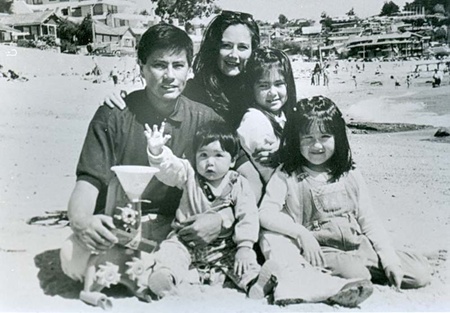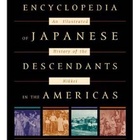Between 1910 and 1940, the number of Japanese immigrants who entered the country never exceeded nine hundred. Among those who came to Chile, there were a wide variety of individuals ranging from professionals and businessmen to laborers re-migrating from neighboring countries. They tended to be dispersed in the nitrate-rich north and attracted particularly to the southern regions of Valparaíso and Santiago. They found employment in a variety of jobs as salaried workers and in small business pursuits, especially as barbers. The early Nikkei society was overwhelmingly male. The majority of Issei men married Chilean women. Their children, the Nisei, were raised with the belief that “If they are going to live in Chile, let them be Chilean.”

“El Sol” of Kiyoki Kataoka, a barbershop located in Chuquicamata (II Region) before World War II. (Collection of Sociedad Japonesa de Beneficencia)
Impact of World War II
However, the Pacific War once more stirred up anti-Japanese sentiments and disrupted the Nikkei’s process of integration into Chilean society. Starting in early 1943, several dozen Nikkei were forced to move from strategically sensitive areas (such as copper mines) to the interior of the country. Meanwhile, the Japanese community gained greater unity, offering mutual support in the face of wartime hostilities. These ties would later resurface after the war with the organization of the Japanese Beneficence Society (Sociedad Japonesa de Beneficencia).

Newspaper headline refers to the “dangerous Japanese” and measures to be taken, 1942. (Collection of Sociedad Japonesa de Beneficencia)
A Future for Chilean Nikkei?
By the 1990s, Chilean Nikkei enjoyed middle class status, a high level of education, and employment in white-collar jobs. Contrary to trends in other Latin American countries with a Nikkei population, no more than five percent of the Nikkei population has gone to Japan for dekasegi work. The small size of the Japanese community, its lack of cohesion, and the predominance of mixed marriages call into question the future of the Chilean Nikkei.

Sansei couple Kenji Kodama and Alejandra Miura with their three children represents one of the few marriages between Nikkei, 1999. (Collection of Sociedad Japonesa de Beneficencia)
Source:
Akemi Kikumura-Yano, ed., Encyclopedia of Japanese Descendants in the Americas: An Illustrated History of the Nikkei (Walnut Creek, Calif.: AltaMira Press, 2002), 177.
* Developed in collaboration with the Sociedad Japonesa de Beneficencia, "Nikkei-Chile".
© 2002 Japanese American National Museum






